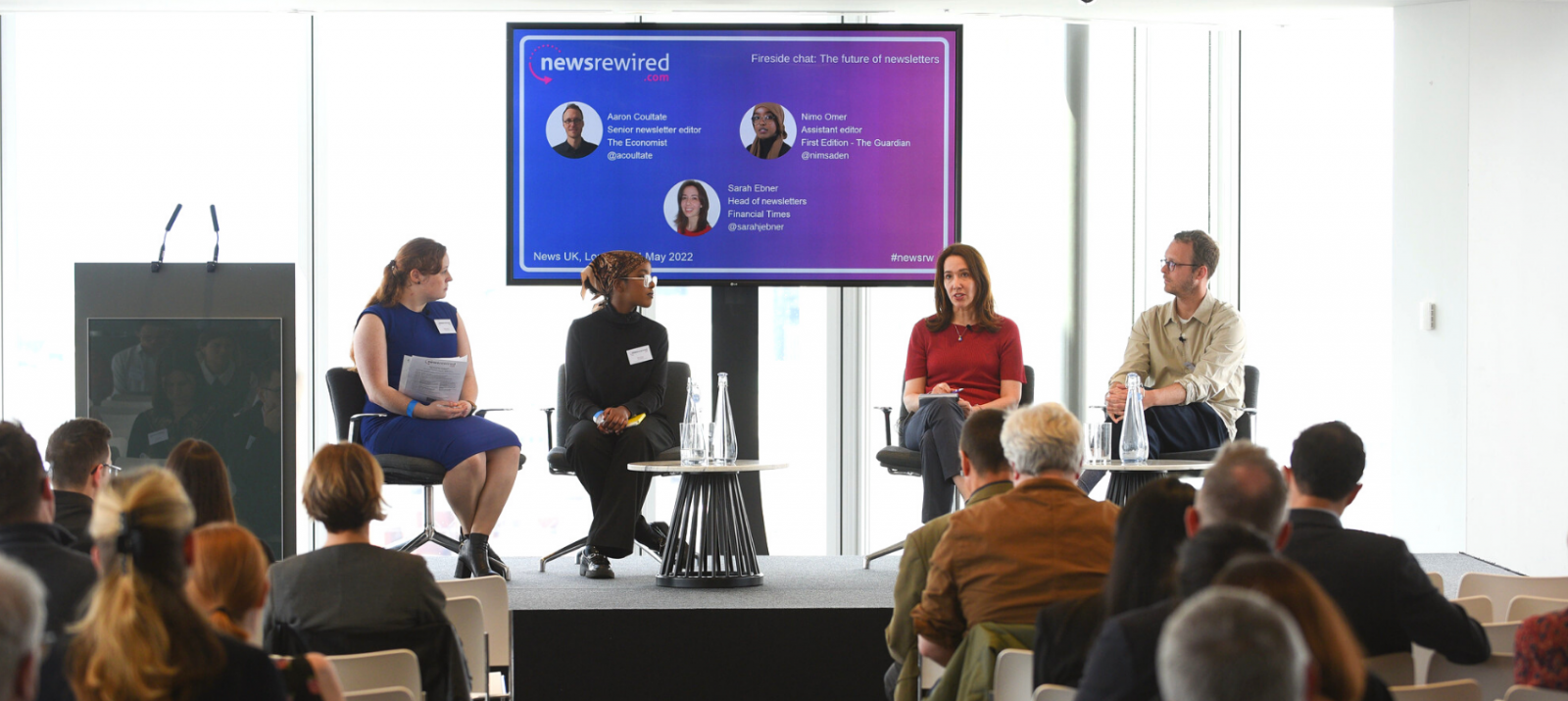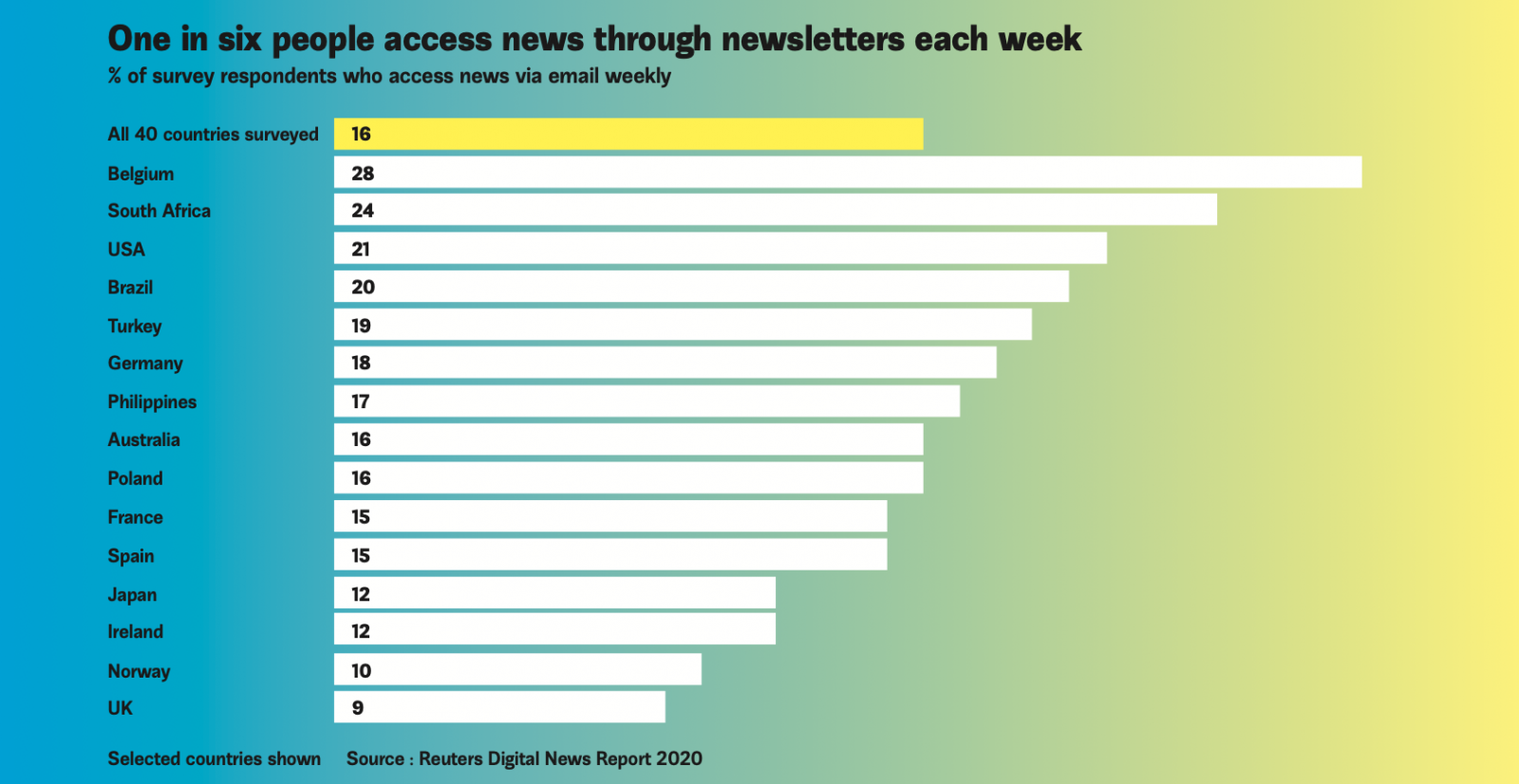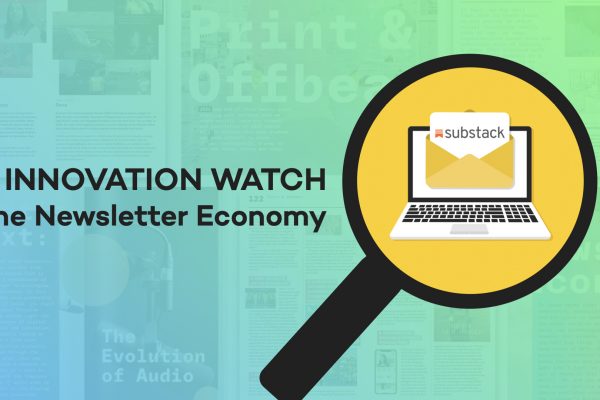Innovation Watch: The newsletter economy
In the second instalment of FIPP’s Innovation Watch series – based on the eight chapters of the 2022-23 Innovation in Media World Report – we examine the newsletter economy, and the meteoric return of a medium that, prior to the pandemic, many believed would soon to be facing the same fate as the dodo…
What’s in a newsletter?
I begin with that question because part of the newsletter’s resurgence in recent years can be traced not only to the thirst for more connected, personalised experiences during the pandemic, but a fundamental rethinking of what a newsletter itself should be.
For many, the clue is in the title, and we actually took the decision to transition the FIPP World weekly to a simpler, more narrative format earlier this year. It now provides a standalone snapshot of the week in media, as well as a gateway to longer reads where people wish.

It’s an approach that was put more eloquently by Nimo Omer, Assistant Editor of The Guardian’s new current affairs offering, First Edition, at Journalism.co.uk’s latest Newsrewired event in May:
“The Guardian has been working on relaunching its newsletter offering for a long time,” said Omer, “and when I joined as a writer and reporter, it was to help this extremely comprehensive newsletter come to life. The whole point is to offer flexibility and fluidity to our readership, so that they can get a whole bunch of content formats from us.”
“The primary goal is no longer to push people to the site. We want people to read and engage with every part of the newsletter, and for it to be a product in and of itself. We want to make sure our audience can access our journalism in whatever the best way may be for them.”
Content Obsession
It was interesting that when we interviewed Kira Bindrim, Host of the Quartz Obsession podcast, around the same time, the conversation quickly turned to the publisher’s newsletter of the same name… more interesting still was that while Bindrim shared the view that newsletters are no longer necessarily about reach, the Obsession’s evolution was based on a move away from plainer text, rather than towards it…
“It was our first experimentation of really trying to break the format of email,” said Bindrim, “which is usually just text down the line. It has little polls you can take, or little quizzes, and it breaks out certain segments. So if we’re talking about perfume for example, you might get this interesting thesis about all these fascinating supply chains, followed by five of the weirdest supply chains for common perfume ingredients, and then you might get ten numbers that are really important to understanding the industry. It’s this sort of breaking your minds a little bit from just the monotony of reading texts.”
“But I also think for both email and podcasts, there’s something about the intimacy of the relationship you have with someone in both of those formats. Ten years ago, digital media in particular was all about scale – reaching the highest number of people so you can sell advertising on that reach. But now there’s a lot of conversation about the quality of your relationship with the reader or listener… is this someone who has a habit with you? So I’m not surprised that both of these mediums are having a moment right now, because I think that they speak to that bigger trend.”
Stack upon Substack
But of course, editorial approaches aside, the key to sustainable creativity remains commercial viability, and that’s one of the key areas of the newsletter medium that the 2022-23 Innovation in Media World Report focusses on:
It turned out that there was enough space for everyone to co-exist and newsletters actually became a huge driver of paid subscriptions, a trend propelled by Substack. Now five years old, the company that lets creators create, send, and charge for newsletter content came along at the perfect moment, the newsletter writer Dave Pell wrote in The Atlantic in November 2021.
“The Trump years created a unique obsession with the media and raised the profile of countless journalists. Many of these journalists took their raised profile and left established publications to go direct-to-consumer with their writing. What we’re seeing is an indie news-delivery revolution,” Pell writes. “What we’re not seeing is a technological revolution. This movement is not about hiring 10,000 engineers to build a new version of human interaction.”
The combination of efficient business model and evergreen medium, allied to the pandemic-inspired thirst for content, brought Substack to a major milestone: 1 million paid subscribers in November 2021. It underscored people’s will-ngness to pay for quality content and despite the fact that they may have lost some of their star writers to Substack and other newsletter platforms, publishers were optimistic that the portends were good for their own subscription efforts.

Further reading
The full write-up on Newsrewired’s panel on the value of newsletters as a standalone content offering, featuring The Guardian’s aforementioned Nimo Omer alongside speakers from The FT and The Economist, can be found here.
And what can only be described as a wonderfully insightful interview with Quarts on both newsletters and podcasts, is here.
Also interesting was this new launch from Insider a couple of months ago, who have brought ‘digital covers’ to their newsletter offerings.
But of course, if you want to see the best in the business in action FIRST HAND and for FREE too… Then you need to sign-up to the FIPP World newsletter! Instigator of the latest… greatest… simply-gotta-taste this media on media in the industry today!









